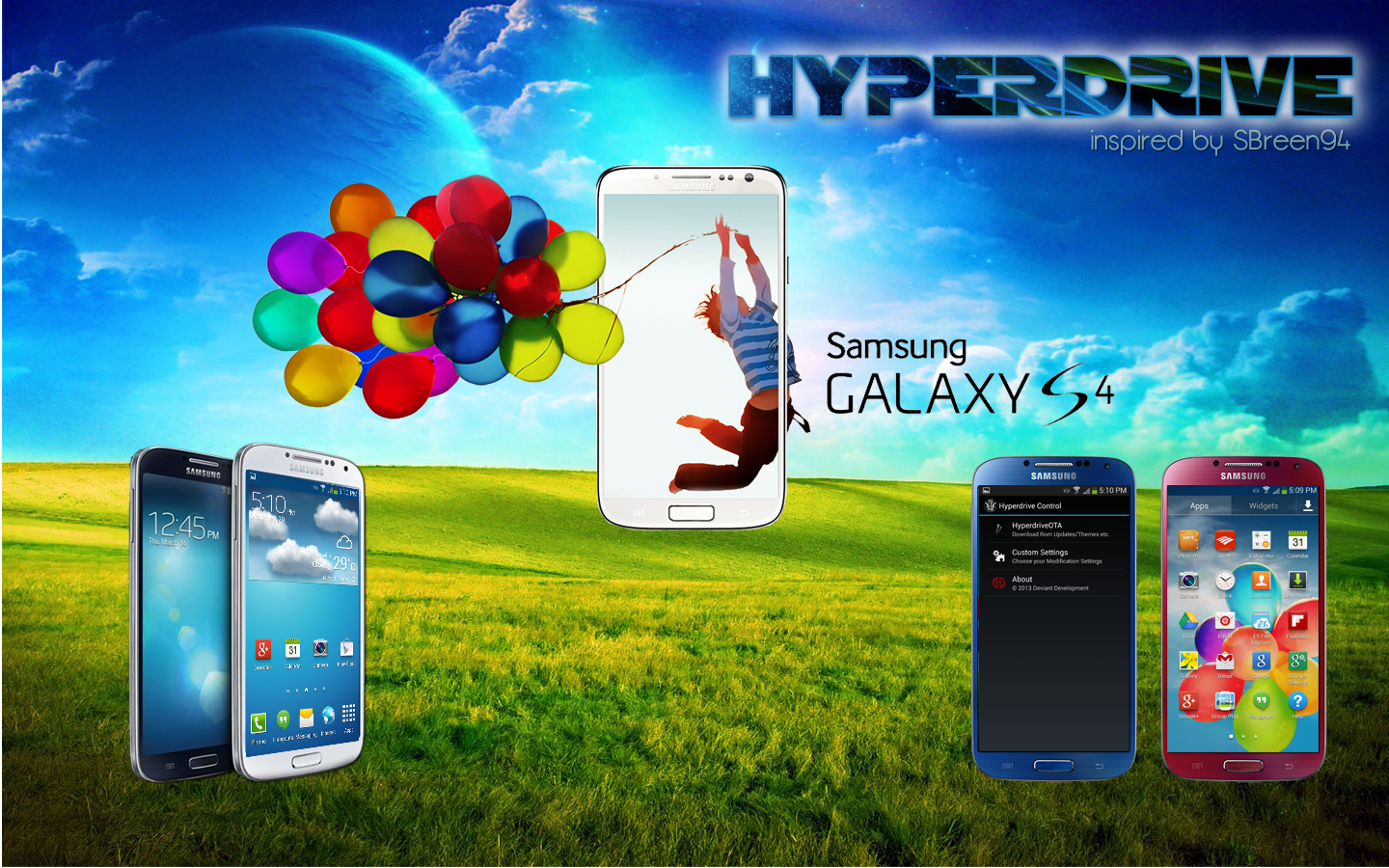Screen size
Large screens (4.7 to 5.5 inches)
The current rage among mobile phone design, especially in advanced Android smartphones, is having a massive display. We consider any handset with a screen of 4.7 inches or greater to be on the top end both in terms of physical size and display dimensions. Some gadgets such as the Samsung Galaxy Note 2 (5.5 inches) and LG Intuition (5 inches) push the screen real estate envelope to new heights, almost reaching a tablet level of functionality and girth. Keep in mind, however, that while devices with larger screen offers a bigger view, they are also harder to manipulate in one hand and can be uncomfortable to hold for long periods when you're making a call.
The current rage among mobile phone design, especially in advanced Android smartphones, is having a massive display. We consider any handset with a screen of 4.7 inches or greater to be on the top end both in terms of physical size and display dimensions. Some gadgets such as the Samsung Galaxy Note 2 (5.5 inches) and LG Intuition (5 inches) push the screen real estate envelope to new heights, almost reaching a tablet level of functionality and girth. Keep in mind, however, that while devices with larger screen offers a bigger view, they are also harder to manipulate in one hand and can be uncomfortable to hold for long periods when you're making a call.
Medium screens (4 to 4.5 inches)
Sitting in the cell phone size sweet spot are devices with screens ranging from 4 to 4.5 inches. Phones in this middle category typically strive to balance the high degree of engagement and entertainment a larger display brings while still remaining practical. Motorola's Droid Razr M and Apple's iPhone 5 are good examples of this approach, offering large hi-resolution screens that users can grip with one hand and whose thumbs comfortably reach all portions of the display.
Sitting in the cell phone size sweet spot are devices with screens ranging from 4 to 4.5 inches. Phones in this middle category typically strive to balance the high degree of engagement and entertainment a larger display brings while still remaining practical. Motorola's Droid Razr M and Apple's iPhone 5 are good examples of this approach, offering large hi-resolution screens that users can grip with one hand and whose thumbs comfortably reach all portions of the display.
Thanks to the swelling number of gargantuan smartphones hitting store shelves, compact cell phones are a shrinking segment of the mobile handset market. That said, some people still place portability highest on their list of phone features. If you're one of these individuals then we suggest limiting your shopping to devices that have screens that are 4 inches or less. Models such as these, like the HTC One V for example, are the most pocket-friendly, yet they manage to pack the hefty capability punch that Android can throw. For more on specific display technologies, check out the deeper dive section at the end of this guide.
Processor
The beating heart of any phone is its processor or CPU. It provides the computing power to churn through tasks, like opening and running applications. A fast processor also has a big impact on overall performance, like how smoothly a phone handles flipping through menus and running home screens. Traditionally, clock speed, listed in GHz, has been the quick way to judge CPU prowess. These days a chip's architecture, specifically how many computing cores it has, is becoming a more reliable predictor. Another factor is that older processors tend to use less efficient designs, making them worse performers and harder on batteries than their newer counterparts. We talk more about processors below.Camera
A phone's camera depends on a whole host of variables. Though you might think that more megapixels is better, that's not always the case. You can get sharper images from a 5-megapixel camera than from an 8-megapixel shooter so it's better to concentrate on other specs. Read on and see the bottom section for more details.
There are other factors to keep in mind, though, such as the quality of the lens, which could aid the sensor by exposing it to more light. The sensor itself might also offer a lower pixel count, but be more sensitive to illumination, resulting in better performance under low-light conditions.
Many phones ship with fancy image processors -- such as those from HTC and Nokia -- which promise high image quality plus the horsepower to drive the camera and auto focusing systems faster. The end result is nimble shot-to-shot times with no shutter lag.
Battery
If your cell phone battery conks out, all the snazzy features in the world won't be able to help you. Manufacturers have begun to recognize the critical importance of battery life and are squeezing greater capacity batteries into their phones. Typical phone batteries range from 1,700mAh capacities and go all the way up to 3,300mAh.
Manufacturers also list battery performance in terms of talk time, standby time, or by how many hours you can expect a device to perform tasks such as playing video and music.
Wireless carriers
Choosing a wireless carrier is perhaps the most difficult aspect of shopping for a cell phone. In many cases you don't have much of a choice since you're likely locked into a two-year contract and will pay a hefty early-termination fee if you cancel before your time is up. That said, when selecting a carrier, first on your list of criteria should be coverage. You'll want carrier with decent coverage in your home, at work, and all the places in between. For more about carriers and networks, see the next section.
Figure out if you'll be sticking to urban centers or trekking through rural areas often. Perhaps you won't even leave your home neighborhood often or, to the contrary, plan on doing plenty of international trips. With your wireless usage in mind, settle on a carrier that offers coast-to-coast coverage (Verizon, AT&T, Sprint, and T-Mobile). Alternatively, you may be satisfied with a regional carrier that covers a limited area.


0 commentaires:
Enregistrer un commentaire